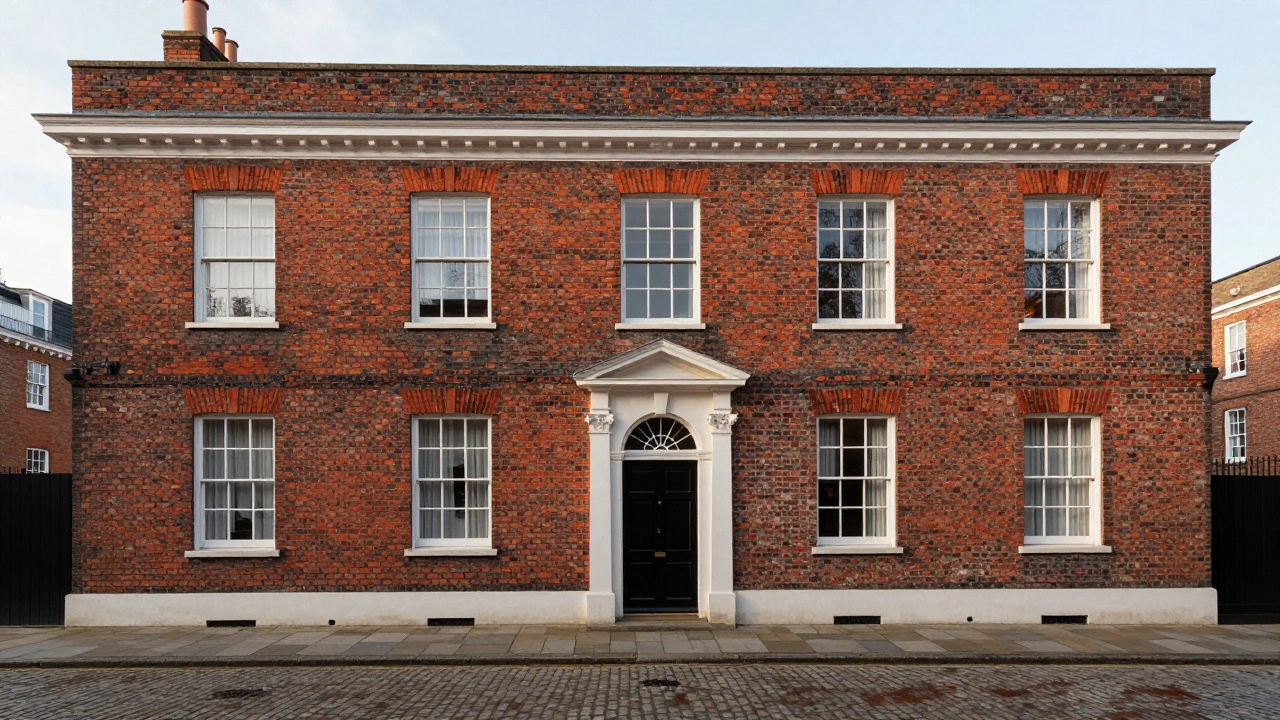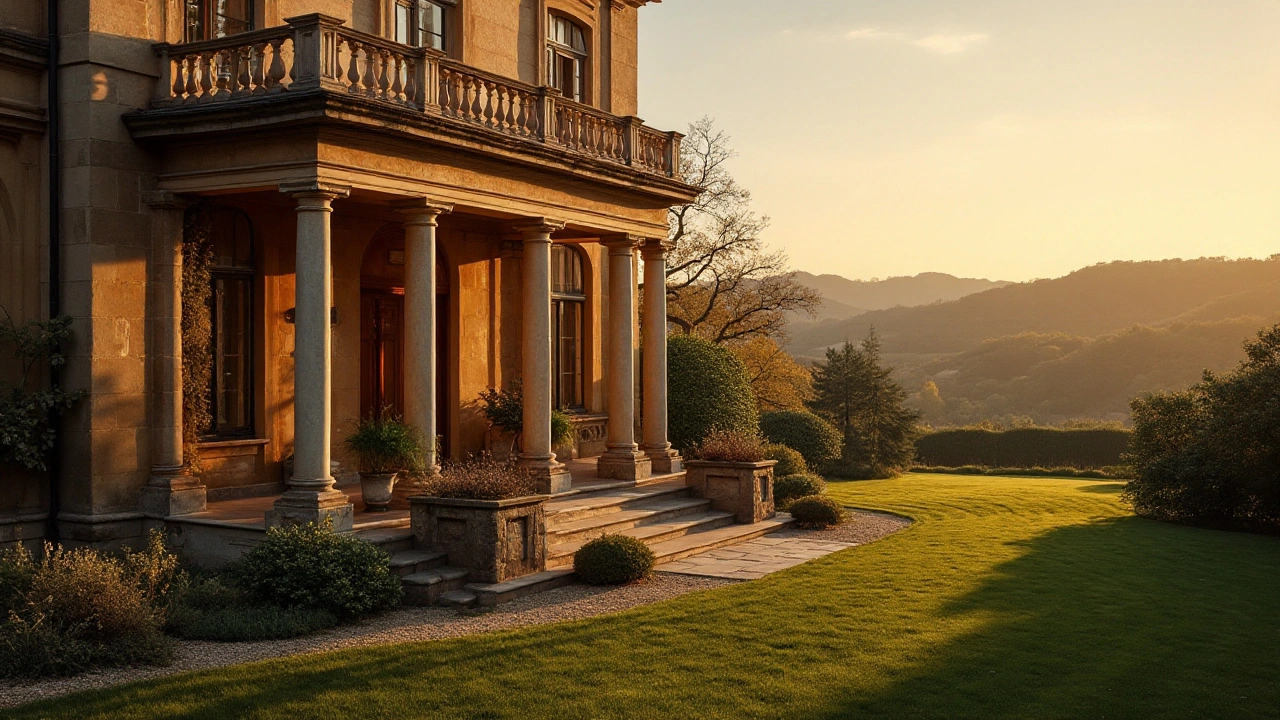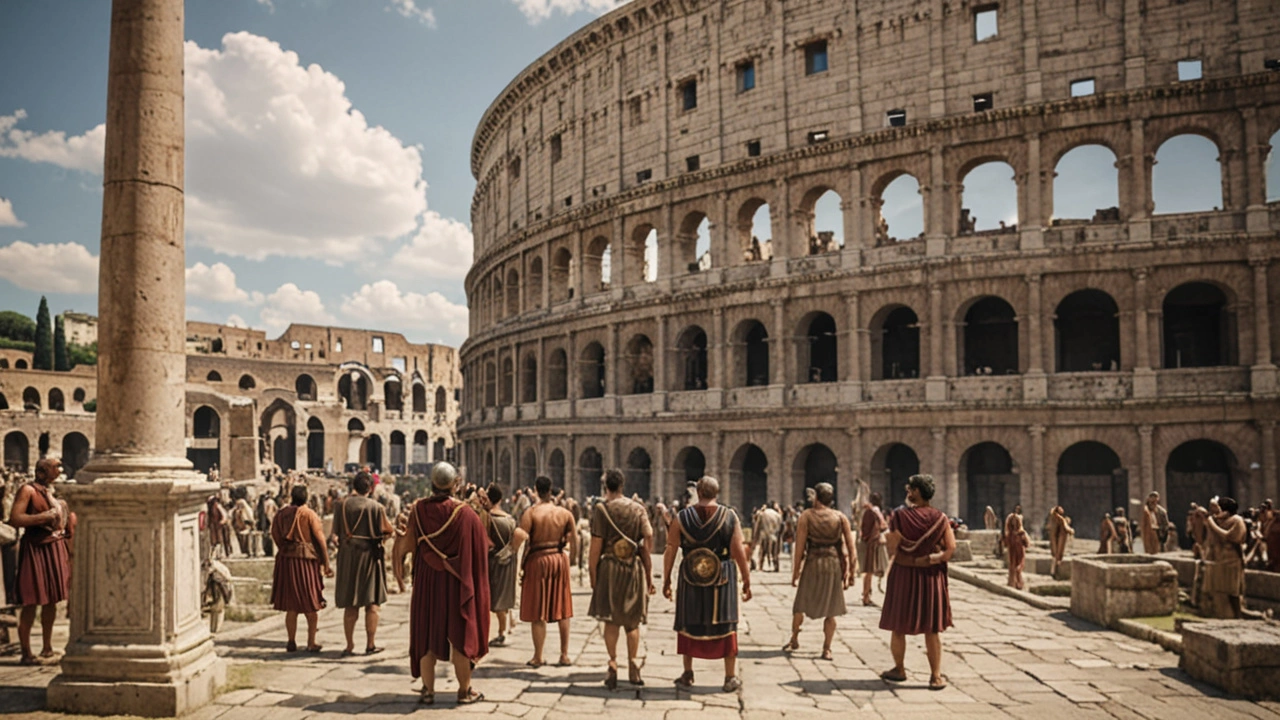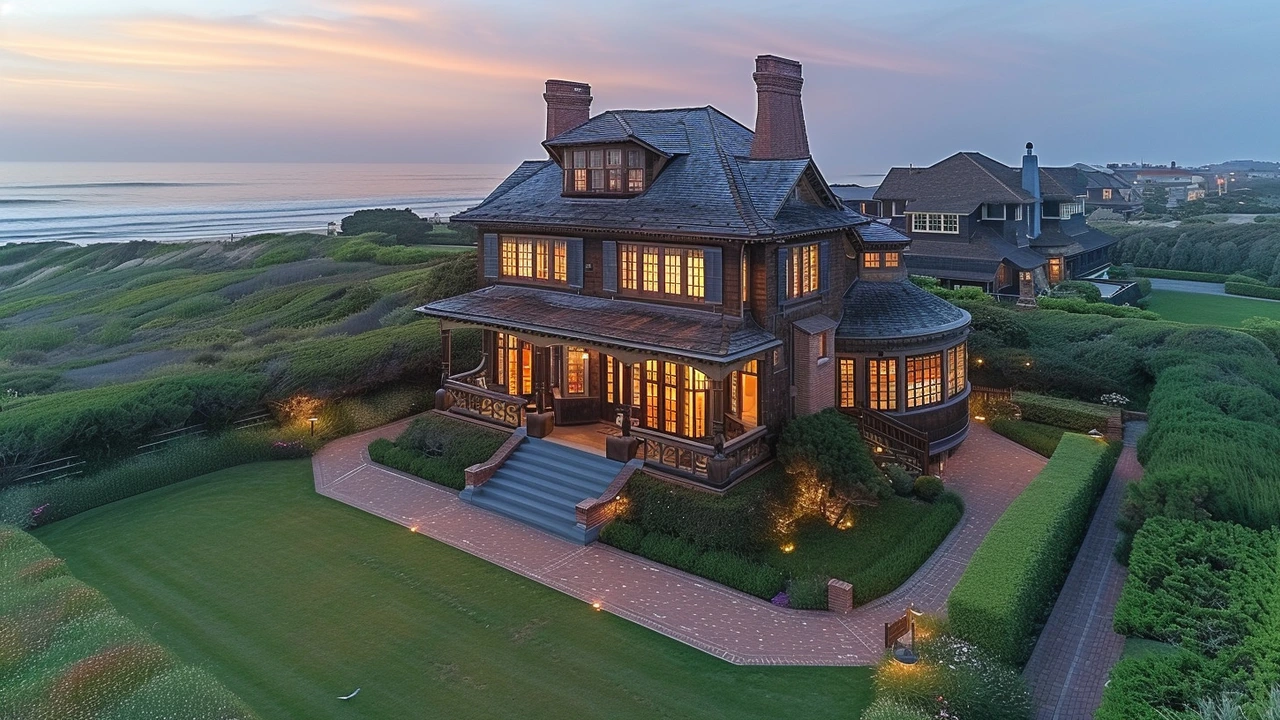Historical Architecture: Guide to Styles, Icons, and Spotting Features
Buildings from long ago still shape how cities feel and how we design today. This page gives clear ways to recognize major historical styles, quick tips for visiting, and smart ideas for caring for old buildings. You will learn simple ID signals, a few standout examples to see, and practical preservation moves anyone can use.
Quick ID tips
Look at shapes first. Rounded arches and thick walls point to Romanesque. Pointed arches, flying buttresses, and tall spires usually mark Gothic and Gothic Revival. Big domes, mosaics, and layered arches often signal Byzantine influence. Symmetry, classical columns, and pediments are hallmarks of Renaissance and Greek Revival architecture. Heavy ornament, bold curves, and dramatic contrasts hint at Baroque. Flat roofs, open plans, and functional ornament often mean Beaux-Arts or later revival styles. Small eaves, exposed rafters, and built-in furniture are signs of American Craftsman homes. Gambrel roofs and flared eaves often show Dutch Colonial Revival. Look for stylized natural forms and flowing lines to spot Art Nouveau. For Roman architecture, watch for large arches, concrete vaults, and aqueduct remains.
Simple preservation checklist
Where to go first: visit a city center for a quick timeline. Old cathedrals show Romanesque to Gothic shifts. Civic buildings often host Beaux-Arts and Renaissance Revival. Neighborhoods with 19th century rows show Greek Revival, Georgian, or Colonial features. Museums and converted industrial sites reveal Art Nouveau or early modern experiments.
Check the roof and water drainage first; most decay starts with leaks. Note original materials like stone, brick, or timber before making repairs. Use reversible fixes where possible so future conservators can undo changes. Document details with photos and notes before any work. When in doubt, consult a local preservation group; they often share grants and low-cost advice.
Photography and study tips: bring a wide lens for facades and a telephoto for details like cornices and capitals. Photograph from different heights to capture proportions. Carry a small notebook to jot dates, plaques, and builder names. Compare what you find to a quick style guide or an app to lock in what each feature means.
Why it matters: historical architecture connects us to real stories and practical building lessons. Old techniques like arch vaulting and passive ventilation still solve modern problems. Learning to read buildings makes travel richer and helps communities value preservation.
Explore more articles on this tag to follow specific styles and case studies. Each post digs into an era, shows clear photos, and gives hands-on tips for spotting and saving the buildings you love.
Sign up for local walking tours, join historical societies, and read focused guides on styles you like. For hands-on learning try workshops on masonry, stained glass repair, or paint analysis. When photographing or recording, respect private property and follow site rules. Share your good finds with community archives or social accounts using clear tags and location notes. Small contributions help build knowledge and protect old places for people who follow and future visitors too.

How Georgian Architecture Evolved Through Centuries
Georgian architecture evolved from classical principles into a timeless style defined by symmetry, proportion, and craftsmanship. Built between 1714 and 1830, its enduring appeal lies in its durability, functionality, and quiet elegance.
Read more
Exploring Italianate Architecture: History and Cultural Significance
Italianate architecture emerged in the 19th century as a distinctive architectural style inspired by the classical villas of Italy. This style became popular in both Europe and North America, characterized by its elegant and ornate detailing, and marked by features like wide eaves, columns, and arched windows. Italianate architecture tells a story of cultural exchange and adaptation, influencing domestic and public buildings worldwide. Discover the history, characteristics, and cultural impact of this captivating style that continues to enchant architects and enthusiasts alike.
Read more
Exploring the Beauty of Romanesque Architecture: A Journey Through Time
Romanesque architecture emerged as a defining style in medieval Europe, characterized by its massive stone structures, rounded arches, and sturdy pillars. This architectural style, flourishing between the 9th and 12th centuries, set the foundation for the later Gothic architecture. By examining key features such as barrel vaults and decorative arcading, this article unravels the cultural and historical significance of Romanesque design. It also offers insights into exemplary structures that illustrate the architectural ingenuity of the era.
Read more
Discovering the Free Spirit of Baroque Architecture: A Celebration of Creativity
Baroque architecture stands as a vibrant testament to artistic freedom, showcasing the dynamic interplay between drama, grandeur, and movement. Originating in the early 17th century, it revolutionized European architecture with its bold forms and opulent details. This article explores the unique characteristics and historical context of Baroque architecture, highlighting significant examples and tips for appreciating its intricate designs.
Read more
Unlocking the Secrets of Ancient Roman Architecture
Ancient Roman architecture has long fascinated historians, architects, and scholars. This article delves into the various elements of Roman design, including their use of materials, innovative construction techniques, major architectural structures, and the cultural significance of their buildings. Whether you're a history buff or just curious about ancient engineering, this piece provides a comprehensive look at what made Roman architecture so unique and enduring.
Read more
The Dutch Colonial Revival Architecture: A Blend of Old and New
As a female blogger who is passionate about architecture, I want to guide you through the fascinating era of Dutch Colonial Revival architecture. This unique architectural trend is a harmonious blend of vintage charm and modern flair, combining the best elements from the past and present. In this article, we will delve into the intricacies of this design style, and discover how it has stood the test of time. Join me as we journey through time, appreciating the beauty of architecture that tells stories of the past and embraces the novelty of the new.
Read more